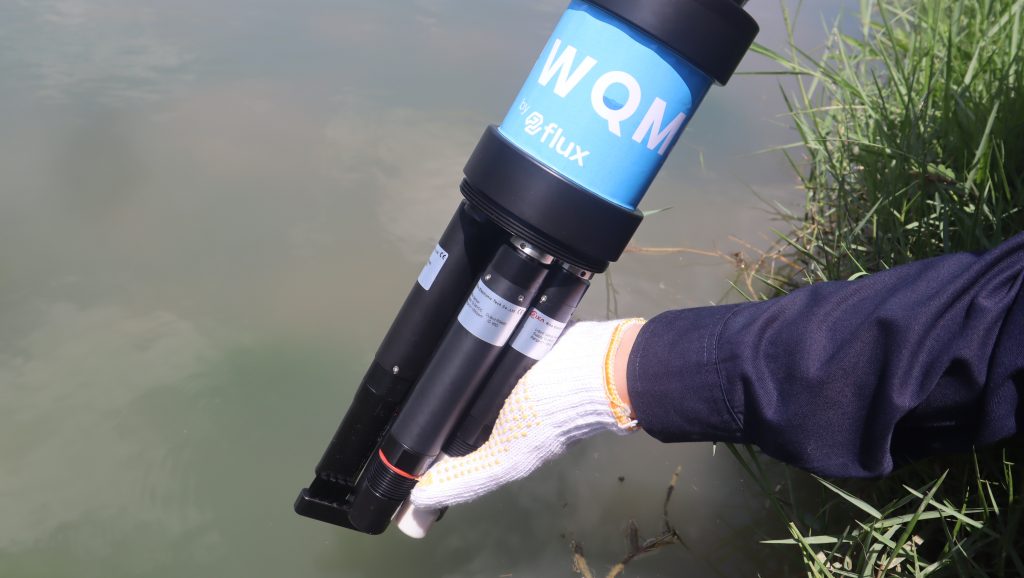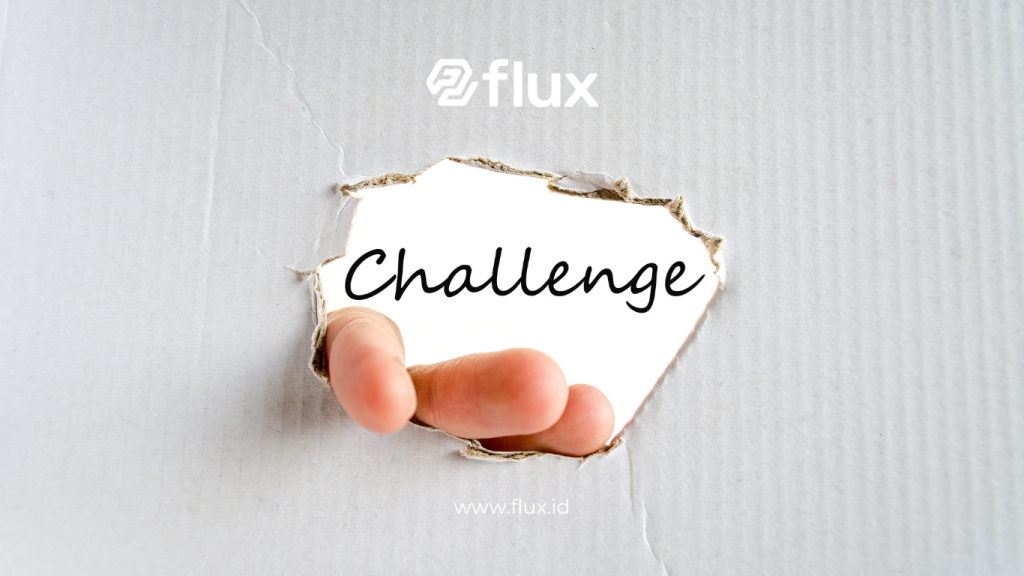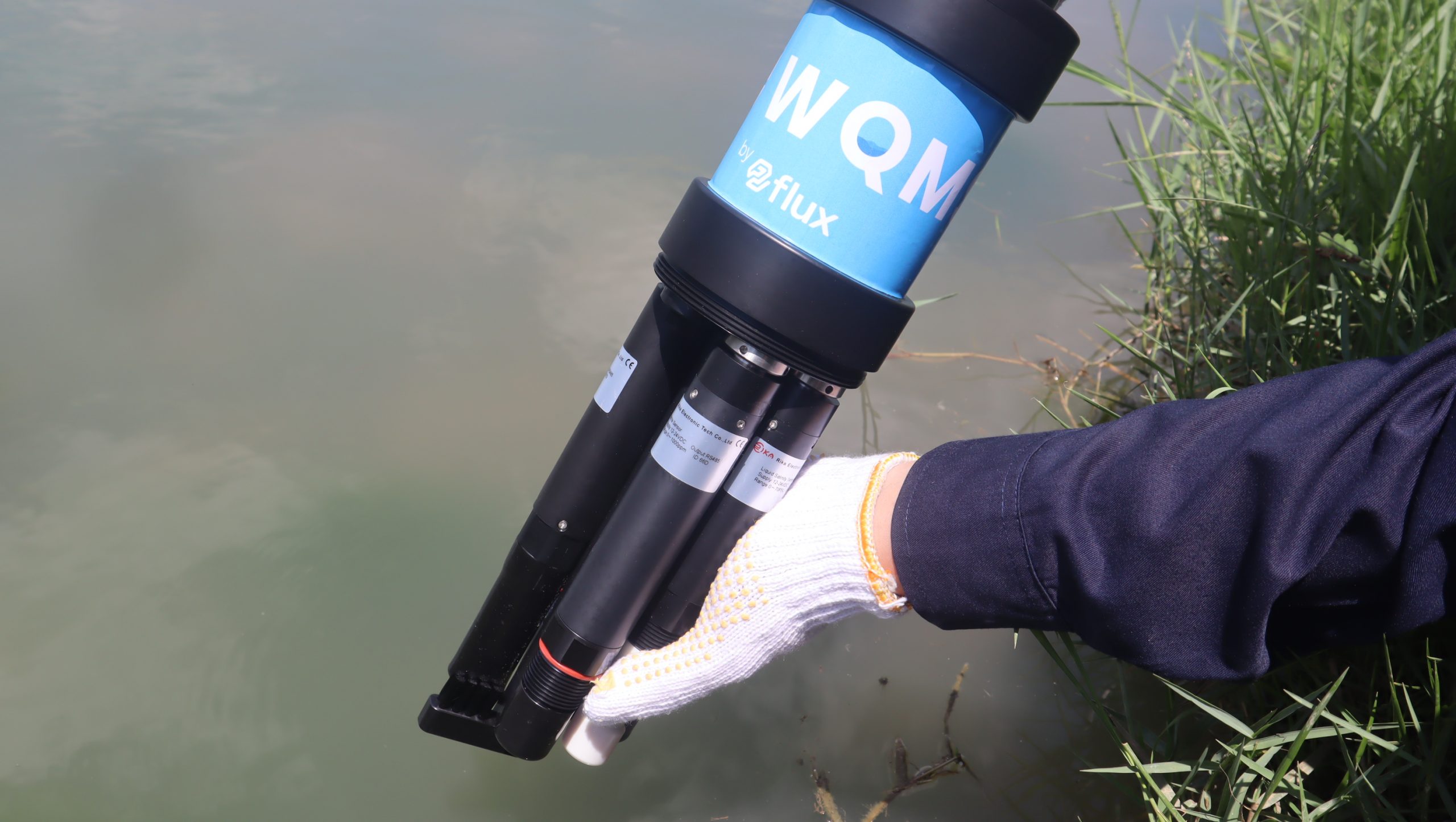Don't miss our holiday offer - 20% OFF!
In today’s modern industries and agriculture, water quality is essential for maintaining both productivity and sustainability. When water quality drops, it can quickly lead to reduced yields, financial losses, and even serious environmental damage. Therefore, many industries are turning to Internet of Things (IoT) sensor technology to monitor water quality in real-time and prevent such problems.
By utilizing IoT sensors, industries and farms can detect changes in water quality with great precision and respond immediately to avoid further complications. In this article, we will explore how IoT sensor technology works, its applications in real-world scenarios, and the numerous advantages it offers to industrial and agricultural sectors.
Contents
IoT Technology in Water Quality Monitoring

Read More: Improving Water Quality in Semarang with WQMS: An Innovation by PT Nocola IoT Solution
1. What Are IoT Sensors?
IoT sensors are devices that gather data from the surrounding environment and then transmit it over the internet for analysis. Specifically, for water quality monitoring, these sensors measure parameters such as pH, temperature, dissolved oxygen, and turbidity. The collected data is instantly sent to a central system for real-time analysis, enabling operators to respond to any emerging issues.
2. How Do IoT Sensors Work in Water Quality Monitoring?
IoT sensors connect to a network, allowing them to continuously transmit data to cloud platforms or local servers. Each sensor is programmed to measure particular water quality indicators and will send alerts if readings deviate from acceptable ranges. The process works as follows:
- Measurement sensor: Collects data on specified water quality parameters.
- Communication module: Wirelessly transmits data to the main system.
- Analytics platform: Processes the incoming data, providing visual insights and triggering alerts.
With this real-time monitoring capability, industries and farms can monitor water conditions constantly and act quickly to address potential risks.
Water Quality Monitoring Applications in Industry

Read More: Using IoT Sensors in Aquaculture Monitoring: Smart Solutions for Water and Environmental Management
1. Water Treatment Industry
In the water treatment industry, IoT sensors are critical for ensuring that water meets safety standards before distribution. By continuously monitoring for pH imbalances or chemical irregularities, operators can intervene quickly to maintain safe and healthy water quality. Consequently, this ensures compliance with regulatory standards.
2. Food and Beverage Industry
Water quality is crucial in the food and beverage industry, as it affects the entire production process. IoT sensors provide round-the-clock monitoring, preventing contamination and ensuring that the water used is clean and safe. This not only preserves product quality but also protects public health.
3. Energy Industry
In the energy sector, especially in power plants and cooling systems, clean water is essential for efficient performance. IoT sensors help monitor water quality by detecting pollutants or contaminants, preventing damage to equipment and improving overall system efficiency. Additionally, these sensors help minimize the environmental impact associated with large-scale water usage.
IoT Sensor Applications in Agriculture

1. Smart Irrigation
In agriculture, water quality is vital for crop health and yield. IoT sensors allow farmers to measure the pH, mineral content, and turbidity of irrigation water in real-time. Based on this data, automated irrigation systems adjust the water flow, providing crops with the necessary water and nutrients at the right time. As a result, crop yields are maximized while water usage is minimized.
2. Water Management in Aquaculture
Water quality in aquaculture, or fish farming, directly impacts the health and survival of fish. IoT sensors enable fish farmers to monitor dissolved oxygen levels, water temperature, and ammonia concentrations. Should any parameters deviate, they can take immediate action to prevent fish losses and maintain optimal water conditions.
3. Hydroponic Crop Monitoring
In hydroponic farming, plants are grown in nutrient-rich water rather than soil. For this reason, monitoring water quality is especially important. IoT sensors monitor nutrient levels, pH, and water moisture in real-time to ensure plants receive the precise conditions required for growth. This ensures that plants grow efficiently, improving both yield and quality.
Benefits of IoT Sensors for Water Quality Monitoring

Read More: Comprehensive Guide: Using Water Quality Sensors to Ensure Student Health and Educational Facilities
1. Improved Operational Efficiency
One of the key benefits of IoT sensors is their ability to detect issues early on. With real-time data, operators can take immediate action, preventing problems from escalating. As a result, the overall operational efficiency improves significantly.
2. Cost Savings
In addition to improving efficiency, IoT technology can lead to significant cost savings. Traditional water quality monitoring is labor-intensive and time-consuming. However, IoT sensors automate the entire process, reducing the need for manual checks and thus cutting labor costs. Moreover, these systems optimize resource usage, resulting in long-term savings.
3. Rapid Response to Environmental Issues
IoT sensors provide immediate updates, allowing industries and farms to react quickly to any environmental issues. For example, if water contamination occurs, sensors can send out instant alerts, allowing operators to take corrective actions before the problem becomes widespread. This level of responsiveness helps to minimize damage and prevent further complications.
4. Environmental Sustainability
Effective water quality monitoring through IoT sensors not only improves operational efficiency but also contributes to environmental sustainability. By providing precise data, sensors help reduce the overuse of chemicals, improve water resource management, and lower overall environmental impact. In doing so, industries can maintain a balance between productivity and ecological responsibility.
Challenges in Implementing IoT Sensors for Water Quality Monitoring

Read More: How Water Quality Sensors Work to Improve Safety and Health in School Environments
1. Infrastructure Limitations
Although IoT sensors provide numerous benefits, they require a reliable network infrastructure. In remote or rural areas, where internet connectivity may be limited, implementing IoT solutions can be challenging. Therefore, businesses in these areas may struggle to leverage the full potential of IoT technology.
2. High Initial Investment
While IoT sensors can result in cost savings over time, the initial cost of installing these systems can be high. For small and medium-sized businesses, this upfront investment may be difficult to justify, even though the long-term benefits outweigh the costs. Thus, initial investment costs remain a barrier for some businesses.
3. Data Security Risks
As IoT sensors collect and transmit large amounts of data, there are growing concerns about data security. If these systems are not properly secured, sensitive data could be exposed or compromised. Companies must therefore prioritize cybersecurity measures to protect their IoT systems and prevent unauthorized access.
Conclusion
The introduction of IoT sensors for real-time water quality monitoring has revolutionized both the industrial and agricultural sectors. These smart technologies provide accurate and continuous monitoring, allowing companies and farms to maintain water quality with improved efficiency. By automating key processes and providing instant feedback, IoT sensors enable businesses to mitigate risks and promote sustainability.
From smart irrigation systems to water treatment plants, IoT sensors offer the flexibility and precision necessary for effective water management. In addition to ensuring continuous water quality, these sensors contribute to greater operational efficiency and reduced environmental impacts. As industries and agriculture embrace sustainable practices, IoT sensors will play a key role in ensuring long-term success and environmental stewardship.





